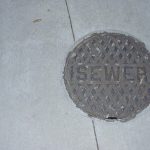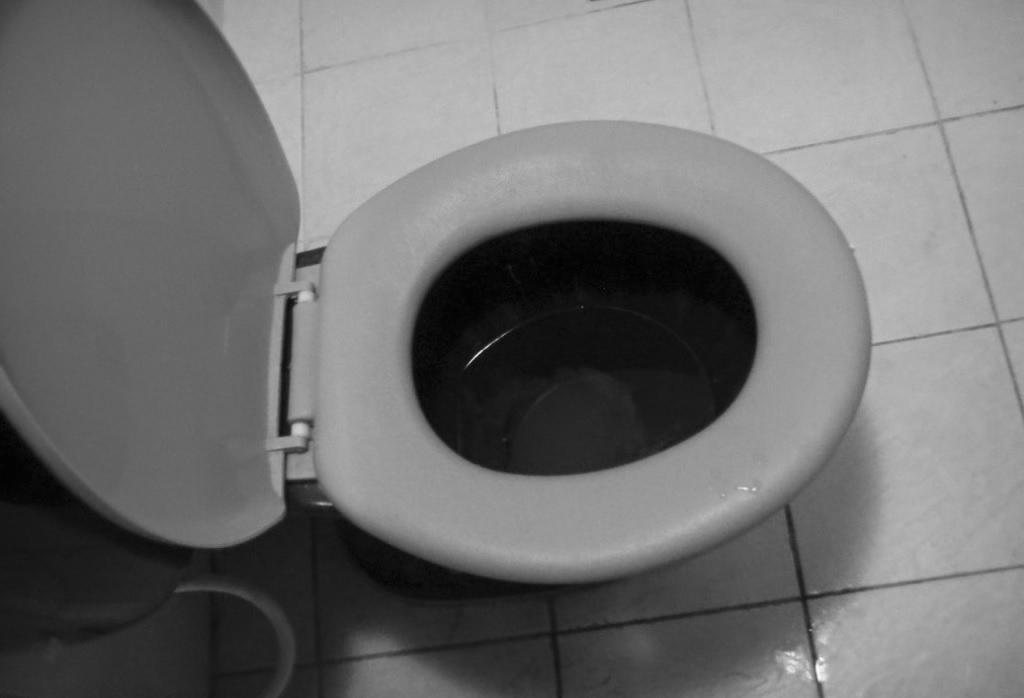There’s nothing worse than an overflowing toilet when you least expect it. One minute, everything’s fine, and the next, water is spilling out, threatening to turn your bathroom into a mini-disaster zone. But before you let panic take over, know there are a few simple steps to stop the overflow and avoid a bigger mess.
It is important to note that an overflowing toilet can quickly become a bigger problem if not handled immediately. That is why it is very crucial to act fast. You don’t have to be a plumbing expert to handle this; just a little know-how and quick action can save you from the headache of leaks and water damage.
This guide will walk you through what to do when faced with an overflowing toilet so you can get things back to normal in no time. Ready to fix that overflowing toilet? Here are 4 quick tips on how to stop an overflowing toilet to help you deal with this mess.
1. Stopping the Water Flow
When your toilet starts overflowing, you first need to stop more water from entering the bowl. The last thing you want is for more water to spill onto your bathroom floor, turning a small mess into a big disaster.
Here’s how to stop the water:
- Lift the Toilet Tank Lid: The toilet tank is that boxy part that sits on top of the bowl. Carefully remove the lid and set it aside. Inside, you’ll see a few different parts, but your focus should be on the flapper valve.
- Push Down on the Flapper Valve: The flapper valve is a rubber piece at the bottom center of the tank. Pushing it down seals the hole that lets water flow from the tank into the bowl. By holding it down, you stop more water from entering the bowl.
- Watch the Water Level: As you hold the flapper valve down, keep an eye on the water level in the bowl. If it starts to drop, that’s a good sign. Once it reaches a safe level, you can let go of the flapper. But if the water rises or doesn’t lower after a minute, it’s time to take the next step.
- Turn Off the Water Valve: If the water level doesn’t drop or you want to be extra cautious, locate the water valve behind the toilet. This is usually a small knob or lever attached to the pipe coming out of the wall. Turn it clockwise until the water stops. This will prevent any more water from flowing into the toilet.
- Clean Up Any Spilled Water: If water has already spilled onto the floor, it’s important to clean it up quickly to prevent water damage. Use towels, a mop, or whatever you have on hand to soak up the water.
2. Proper Plunging of an Overflowing Toilet
If your toilet is overflowing due to a clog, a plunger is your go-to tool. However, using it correctly is key to resolving the issue.
- Get the Right Plunger: First, make sure you have the right kind of plunger. A toilet plunger typically has a rubber cup with a flange (a smaller rubber piece that sticks out) at the bottom. This flange is designed to fit into the toilet bowl’s drain hole, creating a better seal.
- Position the Plunger Correctly: Place the plunger’s rubber cup directly over the hole at the bottom of the toilet bowl. The goal is to create an airtight seal, which will allow you to apply pressure effectively.
- Start Plunging: Begin by pressing down gently on the plunger. You don’t want to splash water all over the place! Once the plunger is in position, apply more force, pushing down and pulling up. This action creates a vacuum effect that can help dislodge whatever’s blocking the pipes.
- Repeat if Necessary: Sometimes, it takes a few tries to clear the clog. If the water starts to drain slowly, you’re on the right track. Keep plunging until the water flows freely and the toilet flushes properly again.
3. Dealing with Foreign Objects. What If Something’s Stuck?
Sometimes, the culprit behind an overflowing toilet is a foreign object stuck in the pipes. Maybe it’s a toy, a toothbrush, or something else that shouldn’t be there. So, what do you do?
- Try a Toilet Auger: A toilet auger is a handy tool designed to reach into the toilet’s pipes to remove clogs. If you have one, carefully feed the auger into the toilet bowl. But be cautious! The drill’s metal coil can scratch the porcelain if you’re too rough. Gently turn the handle to see if you can catch or dislodge the object. If you feel resistance, keep turning the auger to try and break up or hook the object.
What If the Auger Doesn’t Work? If you can’t remove the object with the auger, the next step might be more involved. You may need to remove the toilet entirely. This is a more advanced task, so consider your comfort level with DIY plumbing before starting.
- Removing the Toilet: First, turn off the water supply and drain as much water as possible from the tank and bowl. Then, unbolt the toilet from the floor and carefully lift it off the flange. Once the bathroom is removed, you can look into the bottom of the toilet or the drainpipe to see if the object is visible.
- Removing the Blocking Object: With the toilet lifted, you should now be able to access the object causing the blockage. Use gloves and possibly a flashlight to remove the object from the drain. Ensure the pathway is clear before reinstalling the toilet.
- Reinstalling the Toilet: After you’ve successfully retrieved the object, the toilet will need a new wax ring before being reattached to the floor flange. This ring creates a seal between the toilet and the drainpipe to prevent leaks. Once it’s in place, don’t forget to apply a bead of silicone around the base of the toilet, which will further prevent leaks from seeping into the floor below.
4. When Overflowing Becomes a Habit. Is It Time to Call the Pros?
What if your toilet keeps overflowing no matter what you do? This could indicate a deeper plumbing issue that requires professional attention.
If you’ve tried everything and your toilet is still overflowing or are uncomfortable attempting these fixes, it’s time to contact a plumber. A professional can diagnose the problem, which might be further along in your pipes or more complex than a simple clog. They have specialized tools and expertise to fix the issue quickly.
If your toilet frequently clogs and overflows, it might be time to make some changes. Switching to single-ply toilet paper, which breaks down more easily, can reduce the likelihood of clogs. You might also consider upgrading to a newer flush-style toilet designed to handle waste more efficiently.
A recurring overflow of soiled water could indicate a sewer backup, especially if you have a private septic system. Sewage backups are serious and require immediate attention from a plumbing company. They can flush and clean your system to prevent health hazards.
Important Tip: Never attempt to handle sewage contamination on your own. It is unsafe. Always get professional help.
Summing Up
Dealing with an overflowing toilet can be stressful and messy. However, knowing the right steps to take can help you manage the problem quickly and effectively. The key is staying calm, acting quickly, and knowing exactly what to do at each stage.
However, if these steps aren’t enough or if the problem persists, don’t hesitate to seek professional help. They can provide the expertise needed to tackle more complex issues and prevent future problems.
Therefore, don’t let a simple toilet overflow become a bigger headache. Contact your local plumbing experts today to get your toilet back in top shape and ensure your home stays safe and dry!
FAQs
1. How do I prevent my toilet from overflowing in the future? Avoid flushing anything other than toilet paper and human waste to prevent future overflows. Items like wipes, sanitary products, and paper towels can cause blockages. Also, consider using single-ply toilet paper, which breaks down more easily and reduces the chance of clogs.
2. What should I do if the water in my toilet is contaminated? If the overflowing water is contaminated (e.g., from a sewer backup), avoid direct contact and handle it carefully. Use protective gloves and a face mask if necessary. Contact a professional plumber or restoration service immediately to address the contamination and prevent health risks. Ensure the affected area is thoroughly cleaned and disinfected to avoid lingering issues.
3. Can an overflowing toilet cause water damage to my home? If not addressed promptly, an overflowing toilet can lead to water damage. Water spilling over the bathroom can damage floors, walls, and ceilings, especially if the overflow is severe and persistent. To minimize damage, act quickly to stop the overflow, clean up the water, and check for any signs of damage. If you notice significant damage, consider contacting a professional for repairs.





